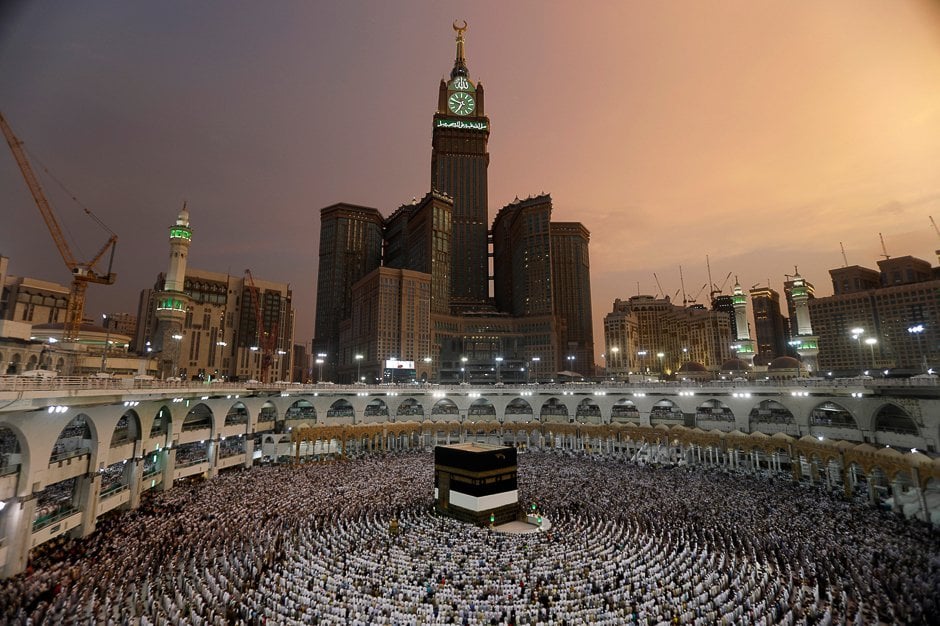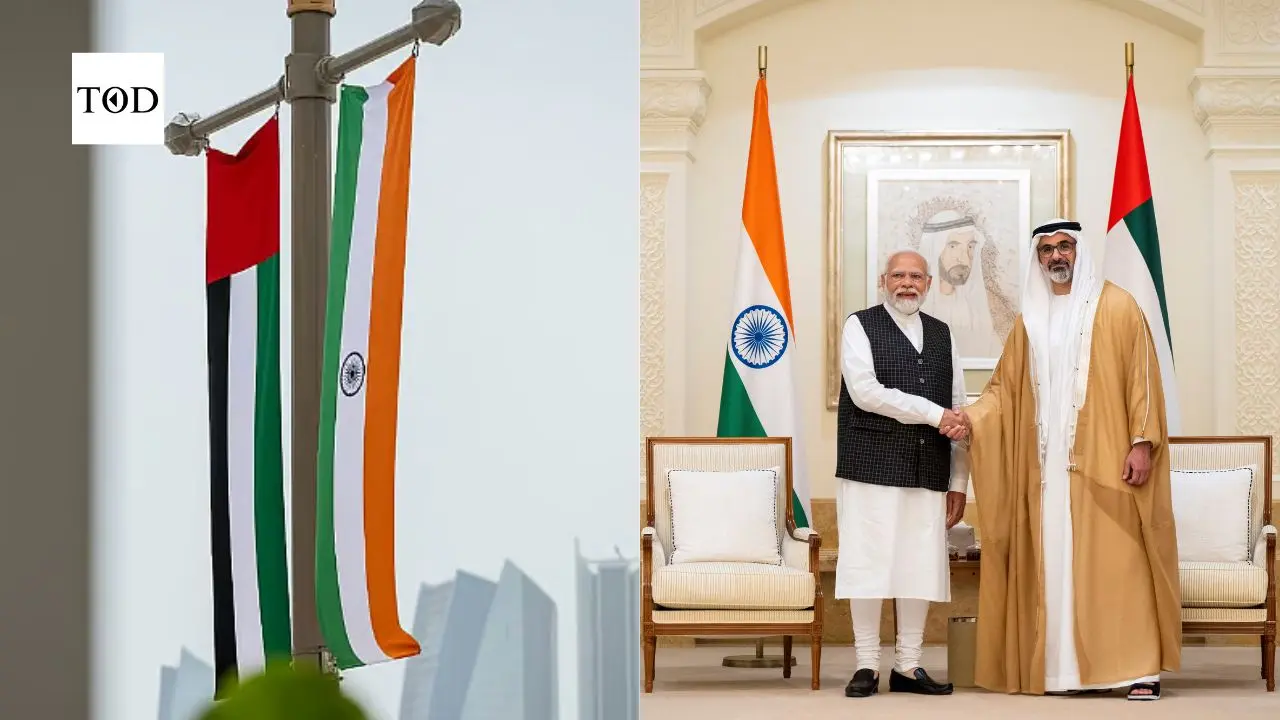Makkah, Saudi Arabia | April 19, 2025 —The Hajj is the world’s largest religious pilgrimage, with millions of Muslims going to Makkah every year. Increasing temperatures and global warming are, however, making Hajj riskier with every passing day. A spate this year cost more than 1,300 pilgrims their lives, an incident that underscores the necessity of a Green Hajj. Saudi Arabia is leading the way to implement newer practices to make Hajj safer, more sustainable, and eco-friendlier.

Why Green Hajj is Necessry in Today’s Climate
The Hajj pilgrimage, where millions of individuals make the journey, has great environmental consequences with high levels of emissions of carbon, high energy and water usage, and large waste quantities. Climate change highlights pilgrims’ exposure to the risk of heat, so it’s of great importance that sustainability is paramount. Implementation of green practices like green transportation, waste management, and resource management that is sustainable ensures the preservation of natural resources to the same level as Islamic values of earth care.
Embracing a Green Hajj: A Necessity for Future Generations
Green Hajj is an initiative to counter the growing threat posed by global warming. Temperatures at Hajj have seen record levels over the past few years. In 2024, Makkah’s Grand Mosque recorded 51.8°C. Experts put it at around 2.5°C higher than it would have been otherwise because of global warming. Such high readings expose everyone going to Hajj, including the sick and the aged, to health risks.
Understanding the Green Hajj Initiative
A Green Hajj is more than mere environmental conservation. This Hajj is about saving lives and making the pilgrimage sustainable for half-centuries to come. Everyone agrees, Saudi officials, health officials, climatologists included, that change is indeed called for. The Green Hajj is about lessening the environmental impact of the pilgrimage as much as it is about keeping people safe.
13 Ways Saudi Arabia is Advancing the Green Hajj
Saudi Arabia has unveiled a number of new initiatives that support helping promote the Green Hajj. These help reduce pollution, save energy, and shield pilgrims from the hazardous consequences of the hot weather. These are 13 ways that the country is making the Hajj green:

- Sun Protection Routes: New shaded pathways are provided to protect the pilgrims from the sun, free from the risk of heatstroke.
- Green Transportation: Electric trains and buses are replacing older models, reducing air pollution, as well as greenhouse gas emissions.
- Solar Energy: Solar panels are going to be installed at well known locations to offer clean, re-cycle power for lighting and cooling.
- Water Conservation: Advanced smart water systems are employed to save wastage and provide safe drinking water to everyone who comes for pilgrimage.
- Cooling Stations: Rest stops with air conditioned areas and misting stations have been provided along the pilgrims’ route to assist pilgrims to remain cool.
- Eco-Friendly Accommodation: They have eco-efficient cooling systems along with recycled material so there is less carbon footprint.
- Waste Reduction: Recycling receptacles and waste sorting points are increasingly found at sites of pilgrimage, reducing litter as well as encouraging recycling.
- Reusable Items: Pilgrims can be motivated to use reusable bags along with refillable water bottles to reduce the usage of disposable plastics.
- Public Awareness: Pilgrims are informed of the significance of the Hajj through awareness campaigns and instructed on staying safe under hot weather conditions.
- Medical Support: Additional clinics, as well as mobile health units, are provided with the intention to treat heat illnesses early effectively.
- Smart Technology: Apps monitor individuals’ movement and weather to assist authorities with stopping risky overcrowding plus exposure to hot weather.
- Tree Planting: Greater green cover and trees are planted along pilgrimage paths to offer shade along with clean air.
- Global Partnerships: Saudi Arabia collaborates with global specialists and organizations to exchange best practices to make the Green Hajj an annual reality.
These 13 steps represent Saudi efforts to make the Green Hajj succeed. The aim is to link tradition to innovation so that Hajj remains significant, safe, and sustainable.
The Future of Green Hajj
The Green Hajj is beginning to make an impact already, but the challenge is growing as there is additional climate change. Each passing year, there are more pilgrims enduring greater temperatures and hazards. The Saudi officials realize the only way the Hajj can endure is to evolve. Saudi is putting money into newer technology, constructing more green infrastructure, and partnering up with partners all over the world to develop improved solutions.

The Green Hajj is Saudi Arabian by origin, but it is an international movement. Saudi Arabia’s aim is to have an influence on other nations and religious pilgrimages by providing an example. The Green Hajj proves it is possible to be respectful of tradition without harming the planet and every living thing on it.
Conclusion
The Green Hajj is never more important than it is today. As the temperature climbs and hazardous heatwaves occur, the pilgrimage is actually at risk. Saudi Arabia’s 13-step approach to green Hajj is an ambitious bid to mitigate this reality. By placing sustainability, security, and innovation.
Also Read: UAE Leads the World in Islamic Banking: 50 Years of Progress and Innovation
















